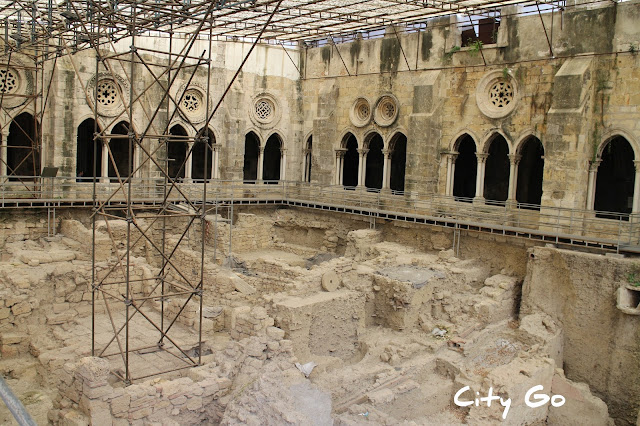Belfry Tower and Cloth Hall, Ghent, Belgium
The Belfry is the symbol of the autonomy and independence of the city of Ghent. It started being built in 1313 with money from the members of the wool and textiles guilds. In those days merely the lower half of the present tower was built and for centuries wooden peaks of all sorts of designs adorned the tower. At the start of the 20th century, the tower gained its present peak.
The gilded copper dragon that tops the tower was put there in 1377, as a symbolic guardian of the privileges of the city of Ghent.
From 1442 to 1869 the Belfry was the watchtower of Ghent, the fire being the biggest danger for most of the time.
The cloth hall dates from 1425 and was built as a storehouse for textiles produced in Ghent. A baroque extension added in 1741 served as the city's prison until 1902.
The Belfry holds a carillon of 54 bells that have rung over 6 centuries. The biggest bell is named Roland, after the heroic commander-in-chief of Charlemagne. The current Roland dates from 1948 and weighs 6,200 kg. The first Roland was cast in 1314 and weighed more than 5,000 kg but it was broken into pieces in 1659. The second Roland, from 1660, was badly cracked in 1914 when an electric hammer was used to ring it. It was repaired in 2003.
The Belfry is 91 metres tall and is one of the three medieval towers overlooking the city, together with the two belonging to Saint Nicholas Church and Saint Bavo Cathedral. It is one of 56 Belfries of Belgium and France designated by UNESCO World Heritage Site.
Opening hours: 10 a.m. to 6 p.m.











Thanks for sharing this article with us. It has really helped me a lot to build more backlinks for my website. mental illness
ReplyDeletei am very impressed with your post because this post is very beneficial for me and provide a new knowledge to me
ReplyDeleteRoland Cloud Total Mac Crack